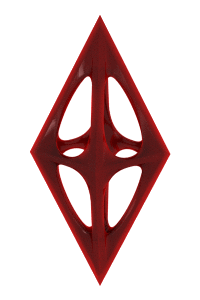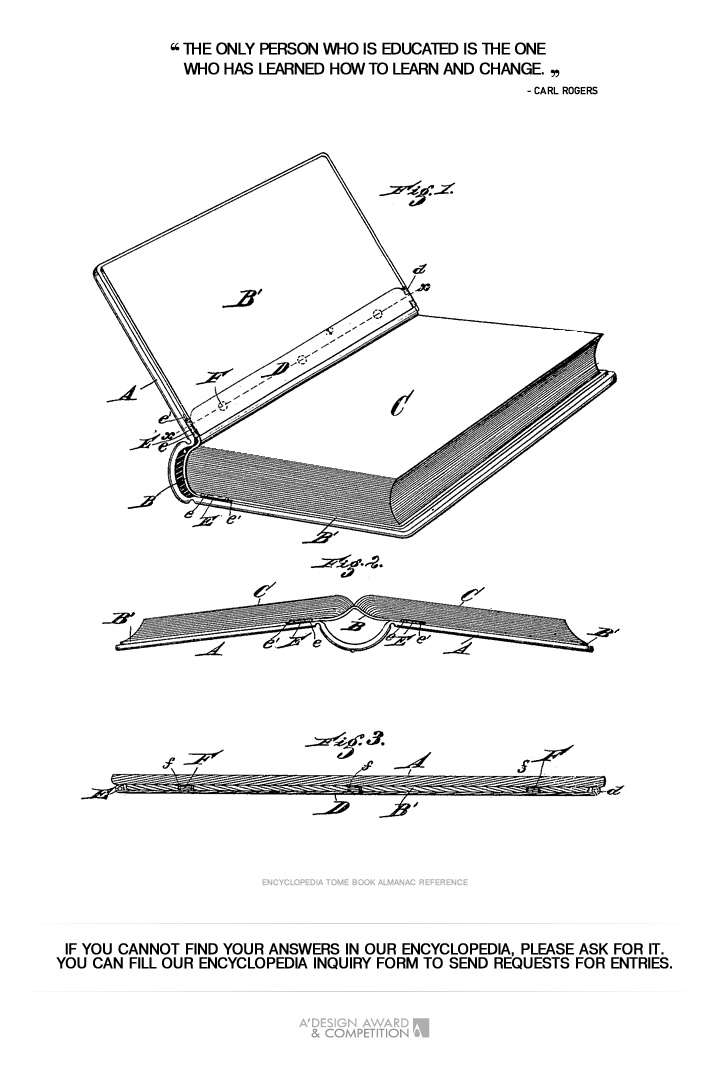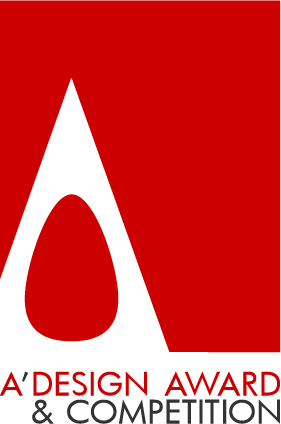
| THE AWARD |
| CATEGORIES |
| REGISTRATION |
| SUBMIT YOUR WORK |
| ENTRY INSTRUCTIONS |
| TERMS & CONDITIONS |
| PUBLICATIONS |
| DATES & FEES |
| METHODOLOGY |
| CONTACT |
| WINNERS |
| PRESS ROOM |
| GET INVOLVED |
| DESIGN PRIZE |
| DESIGN STORE |
| THE AWARD | JURY | CATEGORIES | REGISTRATION | PRESS | WINNERS | PUBLICATIONS | ENTRY INSTRUCTIONS |
Visual Separation - Entry #479193 |
Home > Design Encyclopedia > 479193 |
 Visual Separation
Visual Separation
Visual Separation is a fundamental design principle that refers to the deliberate creation of distinct boundaries or spaces between elements in a layout to enhance clarity, organization, and visual hierarchy. This essential concept in design encompasses various techniques including the strategic use of white space, borders, lines, color contrasts, and spatial arrangements to delineate different components within a composition. The principle emerged from early typographic practices and evolved through modernist design movements, becoming increasingly sophisticated with the advent of digital design tools and contemporary layout methodologies. Visual separation serves multiple crucial functions: it helps guide the viewer's eye through content, reduces cognitive load by creating clear distinctions between different information segments, and contributes to the overall aesthetic harmony of a design. Designers employ this principle across various mediums, from print layouts to digital interfaces, utilizing techniques such as margin spacing, grid systems, and negative space to achieve effective separation. The concept is particularly vital in information design and user interface development, where clear visual boundaries help users navigate complex information structures efficiently. In professional design practice, visual separation techniques are often evaluated in design competitions, including the A' Design Award, where judges assess how effectively designers implement these principles to create clear, accessible, and aesthetically pleasing layouts. The psychological impact of visual separation is well-documented, showing that properly separated elements can improve information retention, reduce user fatigue, and enhance overall comprehension of content.
Author: Lucas Reed
Keywords: Visual hierarchy, Spatial organization, White space utilization, Element distinction, Layout composition
 About the Design+Encyclopedia
About the Design+EncyclopediaThe Design+Encyclopedia is a crowd-sourced reference of information on design. Unlike other crowd-sourced publications on design, the Design Encyclopedia is edited and actively monitored and publishing is only possible after review of submitted texts. Furthermore, editors of the Design Encyclopedia are mostly consisting of award winning designers who have proven their expertise in their design respective fields. Information posted at design encyclopedia is copyrighted, you are not granted a right to use the text for any commercial reasons, attribution is required. If you wish to contribute to the design encyclopedia, please first register or login to A' Design Award and then start a new design encyclopedia entry.

If you did not find your answer, please feel free to check the design encyclopedia for more entries. Alternatively, you can register and type your own definition. Learn more about A' Design Award's Design+Encyclopedia.

